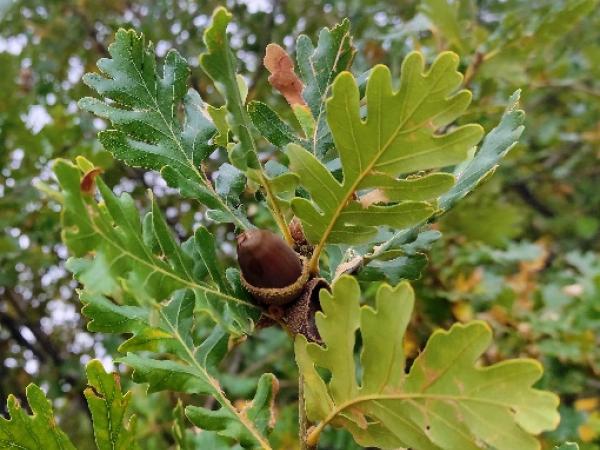Editor's Picks
Plant Focus
Resolving the Taxonomic Identity and Conservation Status of Data Deficient Chinese Oak Species: An Integrated Approach
Project Contact: Min Deng, Professor, School of Ecology and Environmental Sciences, Yunnan University (Chengong Campus), Kunming, Yunnan, China.

Executive Summary: The genus Quercus (Fagaceae) plays a crucial ecological and economic role, serving as a keystone component of many forest ecosystems in China. However, significant knowledge gaps remain regarding the status of Chinese oak species. According to the IUCN Red List, 22 oak species in China are currently classified as Data Deficient (DD). Notably, among the six new oak species described Chinese over recent decades, only one has been assessed and documented on the list. This underrepresentation, coupled with potential taxonomic ambiguities, highlights the urgent need for further study. Moreover, many of these under-studied oak species are characterized by small population sizes and highly restricted distributions, placing them at high risk of being critically endangered. Addressing these knowledge gaps is essential to inform effective conservation strategies and promote sustainable management for these unique and vulnerable species.
This study aims to reconstruct a comprehensive phylogenomic tree that includes Chinese Data Deficient (DD) and newly described oak species, building on our previous research in oak taxonomy and phylogenomics. By determining the phylogenetic positions of these DD oaks and their closely related species, we will resolve existing taxonomic ambiguities. Coupled with detailed morphological analyses, this approach will help identify Evolutionarily Significant Units (ESUs) among Chinese oak species. Additionally, extensive field surveys will also be conducted to evaluate their population status, ecological and habitat preferences, and geographic distributions. These findings will enable a conservation gap analysis to confirm the threatened status of the DD oaks or identified ESUs and prioritize conservation efforts.
The specific objectives of this study are: 1) to clarify taxonomic ambiguities surrounding Chinese DD and newly described oak species; 2) to identify ESUs as a basis for prioritizing conservation efforts; and 3) to assess the conservation status of these oak species. By addressing these objectives, this research will enhance biodiversity inventories and provide critical insights for the effective conservation and management of Chinese oak species.
Target Species:
Quercus conduplicans (DD)
Quercus dongfangensis (DD)
Quercus elevaticostata (DD)
Quercus fuliginosa (DD)
Quercus gomeziana (DD)
Quercus gracilenta (DD)
Quercus jinpinensis (DD)
Quercus ninganensis (DD)
Quercus ningqiangensis (DD)
Quercus pentacycla (DD)
Quercus shangxiensis (DD)
Quercus shennongii (DD)
Quercus shingjenensis (DD)
Quercus tsinglingensis (DD)
Quercus yonganensis (DD)
Quercus brevicalyx (DD)
Quercus chrysocalyx (DD)
Quercus saravanensis (DD)
Quercus thorelii (DD)
Quercus chapensis (DD)
Quercus chevalieri (DD)
Quercus platycalyx (DD)
Quercus yangqianii (NE)
Quercus changhualingensis (NE)
Quercus dehangensis (NE)
Cyclobalanopsis reclinatocaulis (NE)















